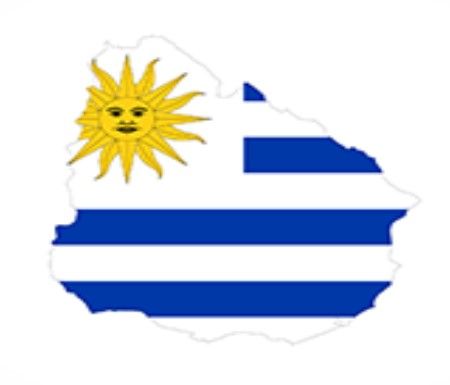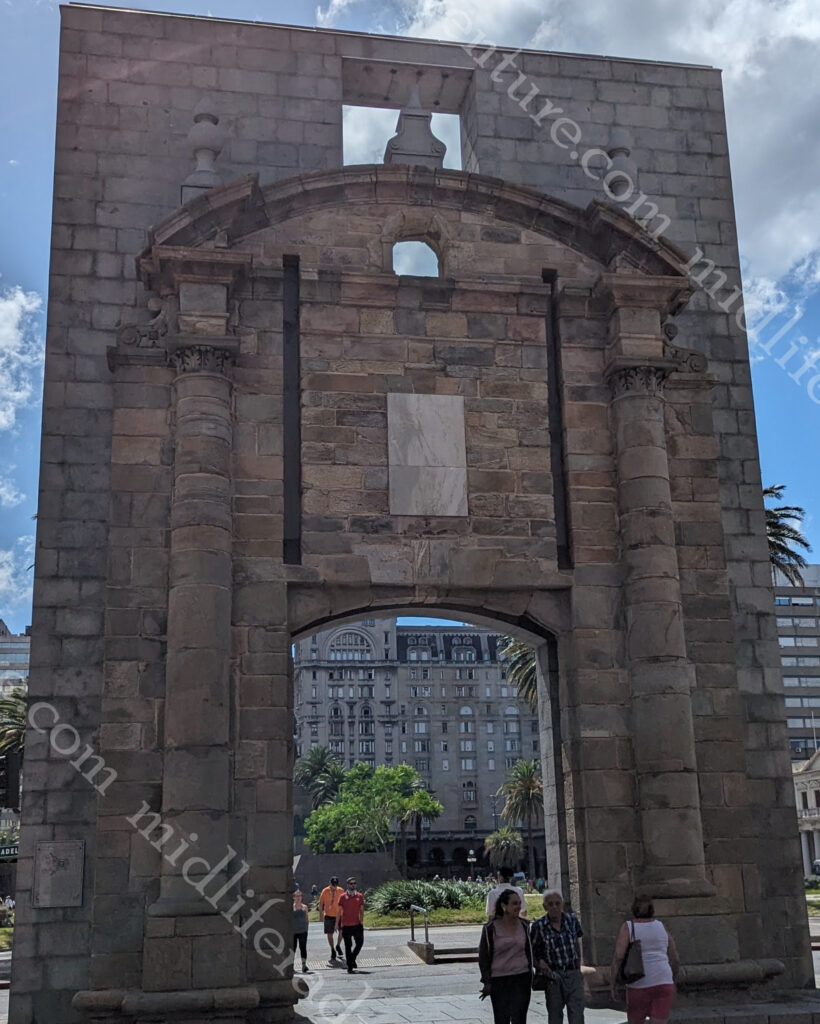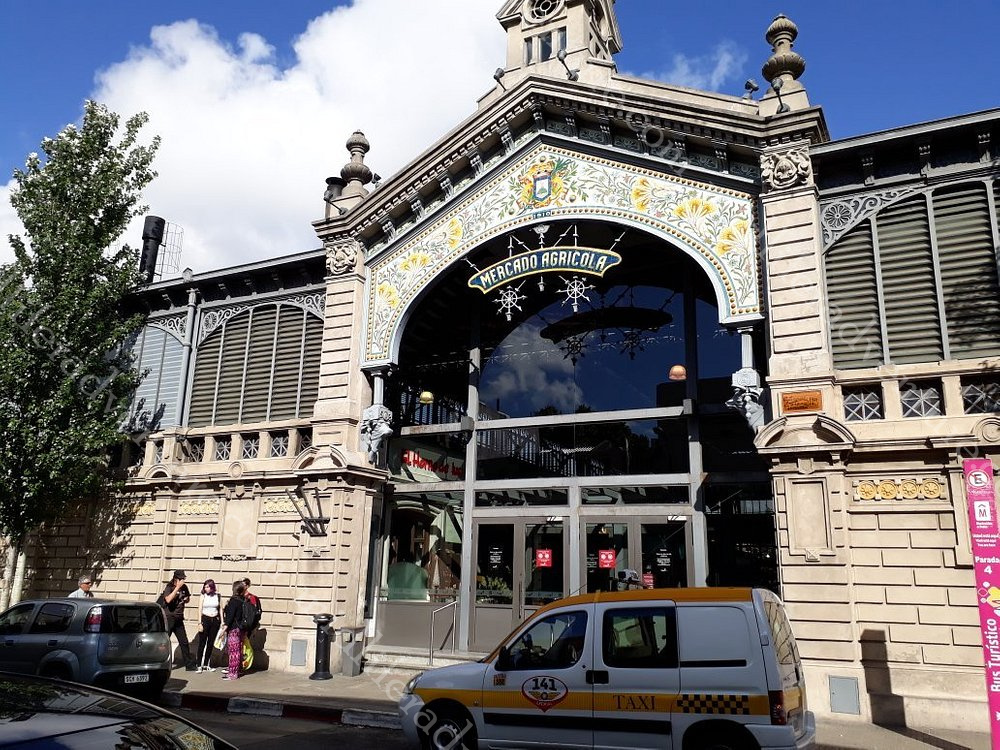
Uruguay is a country of about 3.5 million people with half of these concentrated in the nation’s capital, Montevideo.
It is one of the most stable governments in the world (unlike some of its neighbours).
Before we get into our meanderings it must be said that visiting Uruguay was more like visiting some European capitals than being in South America. It has the longest history of democracy of any Latin American country and has been politically stable most of the time.
Montevideo
Leaving the port we walked straight across the old town part of the city to the other side of the peninsula where we landed upon La Rambla. This is a waterfront promenade that continues (22.2 kilometres) along the Río de la Plata down the entire coast of Montevideo. The promenade, passes fish stalls, piers and parks.








Along La Rambla for a while and a quick break left saw us heading back into the heart of town.

As we climbed the hill from La Rambla we came across the Teatro Solis, Uruguay’s premier concert venue that was originally built back in 1856. The theatre was named after Juan Diaz de Solis, who was the first European explorer to land in modern day Uruguay.




From the Teatro Solis, a quick pop around the corner delivers you directly into the true heart of the city, the Plaza Independencia. This is truly the beating heart of the city and at the centre of the square is a monumental equestrian statue that stands atop the underground burial chamber for Uruguayan revolutionary José Artigas.





At one end of the square is the Palacio Salvo which is a lavish historical building that has been turned into the Tango Museum of Montevideo.




To the right of the square is the Palacio Estevez which was designed in 1873 and was once the working place of the President but has now been converted to a museum that houses artifacts and mementos of the Uruguayan presidency and its office holders. Ads to the mix some government buildings and big hotels and you have almost circumnavigated the Independence square.




At the opposite end to the Palacio Salvo is the Puerta de la Ciudadela or Gateway of the Citadel. Founded in 1724 the plaza was once the site of the original citadel.
The Puerta de la Ciudadela is virtually all that is left of the wall that surrounded the original city.
The citadel was torn down in 1829.

Leaving the square, through the gateway, you find yourself on a pedestrian mall that wanders down the hill through the heart of the old town (Ciudad Vieja). The main drag is full of impressive colonial-style buildings. Roads and laneways spur off in each direction, landing you in unexpected parks, galleries and nooks.













While probably not a permanent fixture, while we were there there was a display of famous paintings from renowned artists all up and down the mall. Add to this the tourist fare, ubiquitous hat sales, and high end fashion brands and you have a mall.



As impressive as all of this was, possibly the most impressive was Parliament house (Palacio Legislativo). This place is the home of the Uruguayan parliament and is massive. Constructed between 1904 and 1925 it was launched in commemoration of the centenary of the Declaration of Independence. The facades, interior walls, vaults and columns are all covered with different marbles from Uruguay.




Oh yeah, as you would expect there were some pretty impressive churches and cathedrals laying about the place too. To say that they were a mouthful to pronounce and say would be an understatement. The main cathedral is officially named the Catedral de la Inmaculada Concepción y San Felipe y Santiago de Montevideo.


The other main gathering point for the city is the Agricultural Market (Mercado Agrícola de Montevideo). Packed with just what you expect, the freshest of local products and artisan wares.

While we did not get anywhere near them, the beaches of Uruguay are also popular as tourist destinations. , too, are beach resorts such as Piriápolis and Punta del Este.


Our way out saw us back down at the port and past the local markets. We walked out this way but the hoards of people getting off the ship and hunting selfies meant that we power walked through and caught the images on the way back without the throngs of people.




A bizarre element to the city was a veritable ship graveyard that lined much of the port of Montevideo. Apparently there are around 50 derelict vessels (weighing up to 1600 tonnes), that have been abandoned and left to rust away in the harbour. They are mostly fishing boats but also include tugs and even larger freighters and tankers. This has created an island of iron, with rusty hulls listed on the seabed, while others barely float.
According to what I could find out, disputes between foreign owners and local employees or with other companies, has seen these boats just abandoned. Many of these still have fuel in their tanks or other polluting liquids in cold chambers. there was an article back in 2015 suggesting that there was a plan to remove them, there was another article in 2022 suggesting that the plan would be revived, but as of today, they continue to rust away in the harbour.



Our brief introduction to Uruguay was nice. It was very clean and safe and was more reminiscent of wandering through European towns rather than Latin American ones. This change in feeling also translated to a change in price tag too. This was a much more expensive place to be than is the case for its neighbours.